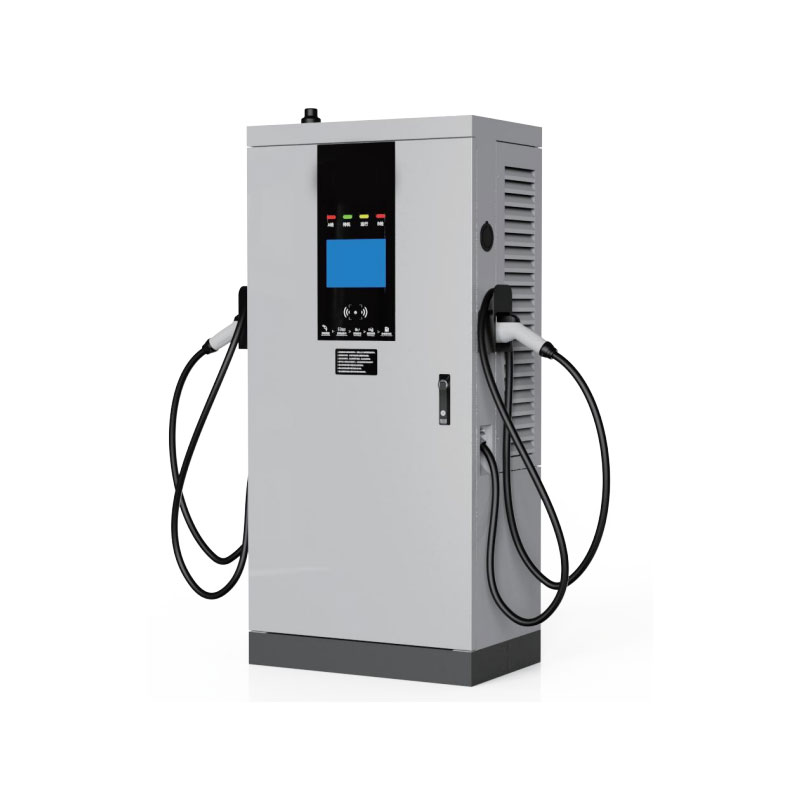How does DC charging work?
2025-02-14
There are two different types of EV charging stations: AC and DC. It's important to keep in mind that power from the grid is always AC and EV batteries only accept DC power. That means that at some stage, the current must be converted. The difference between AC and DC charging stations is whether that power convertor is located onboard or off-board the vehicle.

AC delivers alternating current (AC) to an AC/DC converter onboard the vehicle.
DC charging stations convert AC before it reaches the vehicle, instead delivering direct current (DC) directly to the battery of an electric vehicle.
With DC charging, the convertor can be significantly larger due to the fact that it is located off-board the vehicle. Because the current is already converted to DC by the time it reaches the vehicle, it is possible to deliver more power, faster.
As a result of this different charging technique, DC stations can provide up to 350 kW of power and fully charge an EV in 15 minutes (providing the EV allows it). Due to their fast charging abilities, DC fast chargers are ideal for short-stop locations, fleet vehicle charging, and are beneficial for passenger vehicles as well as buses and trucks.


